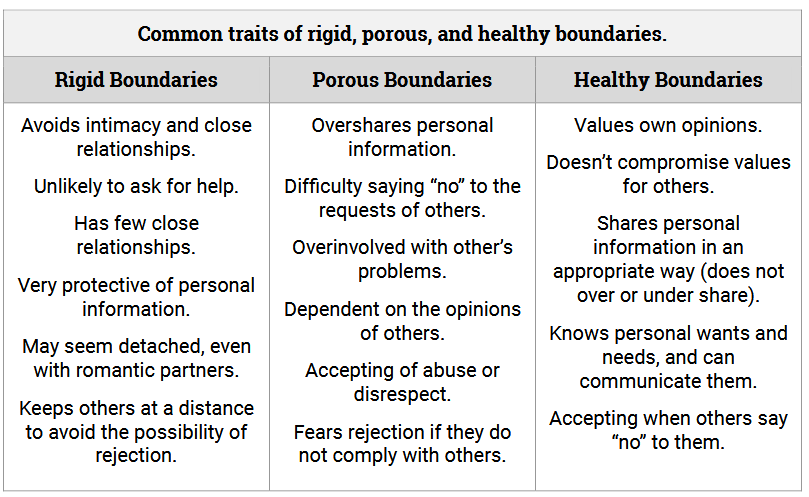The Best Gift this Holiday Season: BOUNDARIES!
The Holiday season can be so full of joy, traditions, and time with family, but for some these experiences can also be emotionally taxing. The current buzzword around dealing with difficult and sometimes toxic relatives is boundaries, but what does this really mean and how do we use them in a way that still allows us to spend time with family?
What is a boundary?
A boundary is simply a line that we draw for ourselves in our interactions and relationships with others. Another word that can be used interchangeably is a limit, but both of these essentially come down to rules that we have that govern our behavior in interactions. These rules can be about physical contact, verbal interactions, or personal space.
A key thing to take note of with boundaries is that these rules govern OUR behavior and not other people’s. We can’t control what other people choose to do, so we must make choices for ourselves that protect our peace and comfort. In the same vein, if a person is violating our boundaries, it is our responsibility to take action and follow through.
Why is setting boundaries sometimes difficult?
There are a variety of reasons that someone might have a difficult time setting boundaries, i.e. informing others about their personal boundaries and then following through. First, many people are prone to people-pleasing tendencies. Oftentimes, from a very early age people have been taught that they should be accommodating and do their best to make other people happy. They may believe their needs are less important or that they are less worthy. They may fear the relationship consequences, such as conflict or abandonment, if they set boundaries. In addition, many people are not prepared to follow through with a consequence if someone does not respect a boundary. For example, you can tell someone that you really want them to be on time to an event, but that is simply a request. The boundary has to involve follow-through on what will happen if the limit is not respected. For example, you might tell a friend, “If you are more than 15 minutes late to our lunch, I am going to go home.” If you are just going to sit there at the lunch waiting and getting angrier and angrier, you haven’t really set a boundary.
How do boundaries help keep relationships healthy?
Boundaries can either by overly rigid, overly porous, or healthy, though a person’s boundaries do not stay the same and may change based on relationships and with effort. When a person’s boundaries are overly rigid, it can push people away and make it difficult to form close relationships. An example of this might be a new parent who is setting rigid boundaries, refusing to let visitors come for the first two months and when they are allowed, repeatedly lectures on rules around interacting with the baby. Overly porous boundaries frequently occur with people pleasers, with these people not setting boundaries with others. This can result in resentment or even abuse in relationships. Healthy boundaries allow people to maintain their individuality while also forming close relationships. Similar to authoritative parenting, this person’s boundaries are flexible and balance connection with structure.
Chart originally from Therapist Aid; Boundaries translate to healthy relationships
For most people, it can be quite difficult to set boundaries at first, especially when you are not used to regulating your own emotions when people are disappointed or even angry about the boundary. Another thing to note is that healthy and appropriate boundaries are not universal and depend on the values and culture of the people involved. This doesn’t make one set of boundaries better or healthier. Therapy can be very helpful in helping people to work towards figuring out their personal boundaries, setting healthy boundaries with others, helping people to develop healthier relationships, grow in confidence and self-esteem, and process boundary violations. Please reach out today to see how you might set healthier boundaries in your life!
